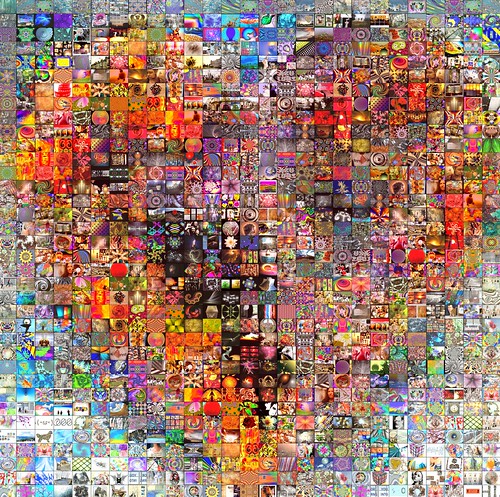
Carl Jung
Positive psychologists often emphasize the importance of meaning when creating a fulfilling life. In Martin Seligman’s new book “Flourish,” meaning is one of the 5 components of his new theory on happiness, now abbreviated as “PERMA” – which stands for Positive Emotion, Engagement, Relationships, Meaning, and Achievements. But as I mentioned in an earlier post on PERMA, one does not need all five components to live a satisfying life. Those who lack positive emotion can make up for it by finding meaning in their life circumstances, whatever they may be.
Of course, positive psychology wasn’t the first to emphasize the importance of meaning in living a satisfying life. Probably ever since human’s first became self-aware, they have asked themselves deep and profound questions about their life’s meaning and purpose. It is a struggle that we all seem to face, but some of us deal with it better than others. The existentialist psychologist Viktor Frankl wrote in his book “Man’s Search for Meaning” how even under the harshest conditions we can find meaning in our suffering, and live with dignity and satisfaction. When Frankl was put into a concentration camp during the Holocaust, he used to give lectures to an imaginary audience. In this way, Frankl learned to cope with his suffering by using his imagination to create a more meaningful existence to his life. He believed that by playing out his imagination objectively, he could find a deeper sense of purpose. He did.
I believe we should all exercise this capacity to some extent, and I believe imagination and creativity play a huge role. The human mind is gifted with this incredibly ability to restructure the way it views reality and experience. And as Frankl demonstrates, we can take truly awful circumstances in our life and transform them into something positive for ourselves.
I found this same theme to be very prevalent in the film Tideland by Terry Gilliam. The main character is a little girl who is incredibly lonely and lives with a very negligent father (played by Jeff Bridges). In some scenes, the little girl actually helps her father shoot up massive amounts of heroin, after which the father passes out for extended periods of time. In the girl’s fit of loneliness and desperation, she goes outside and her imagination takes over. She carries around the heads of three dolls, who all have their own personalities, and together they go on all kinds of adventures. Objectively, the life of this girl is harsh and miserable. But inside her head, she finds a way to get by.
Apparently most people who saw the film found it incredibly depressing (which is understandable) but the director Gilliam emphasizes that we often underestimate just how resilient the human mind is (especially when it is accompanied by a child-like imagination).
Of course, the examples presented by Frankl and Gilliam are extreme cases. But we all go through some kind of suffering, and by creating a new layer of meaning we can find ways to overcome this suffering.
When creating this meaning we don’t need to be as dreamy (or “delusional”) as the little girl in Tideland. Often creating meaning in one’s life is as simple as writing poetry, composing a song, dancing, or painting a picture. We shouldn’t constantly live in some imaginary existence, but using our imagination in some way can be incredibly healthy and emotionally relieving. A healthy imagination, in my honest opinion, is a crucial component to mental health and living a meaningful life.
I believe that when we participate in art or other creative activities, we simultaneously change the way we think about ourselves and our world. We begin to recognize that we are participators in this game of life. Life is not just something that happens to us, but something that we also create for ourselves. And by engaging in art and creativity, we feel more capable in taking control of our thoughts, emotions, actions, and life in general. Being creative empowers us.
Interestingly, there is some empirical evidence that shows a relationship between mental illness and creativity. Perhaps some of this is due to the unconventional thinking of those with mental illness. But I also think creativity is a natural coping mechanism. If people with mental illness are more likely to suffer than those without mental illness, art and creativity is something that the mentally ill would be naturally drawn to in order to manage their condition.
But, in truth, I think most of us are naturally drawn to some form of creativity. There may even be a hunger for it, and when that hunger isn’t satisfied I think our lives become drastically less meaningful and less satisfying.
The moral of this post is to embrace your ability to create new meaning in your life. And in my opinion art is one of the absolute best ways to do this. If you don’t already have a creative hobby, I suggest starting one. Don’t have the time? Make room for it, especially if you are in need of an emotional boost.
I personally engage in creative ways by posting on this blog, taking photographs, writing scripts for movies, and composing songs on my computer. I can’t imagine how much less fulfilling my life would be without hobbies like this. They make a big difference, they help me love life more.
Enter your email to stay updated on new articles in self improvement:
